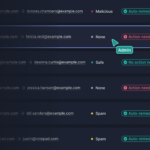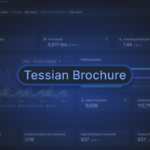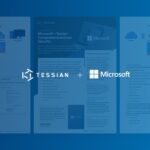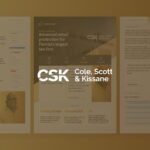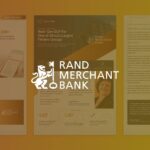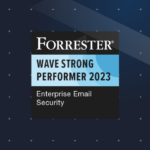Life at Tessian
- All Categories
- ...
-
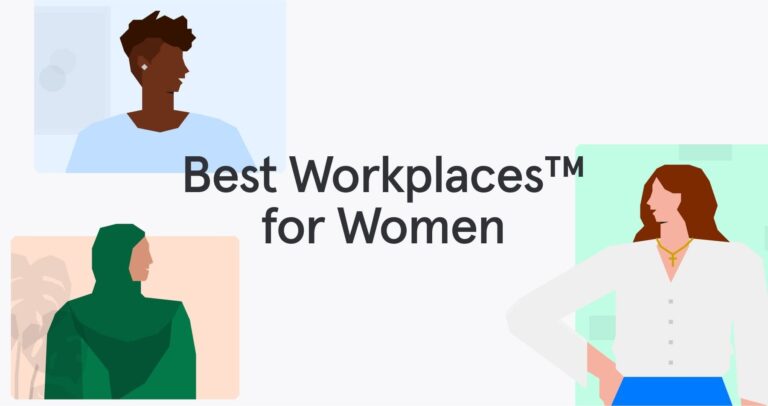 Life at Tessian, Cyber Skills Gap
Life at Tessian, Cyber Skills GapTessian Officially Named a 2021 UK’s Best Workplaces™ for Women
-
 Life at Tessian
Life at TessianA Year on from Plus, the Tessian LGBTQ+ Network
-
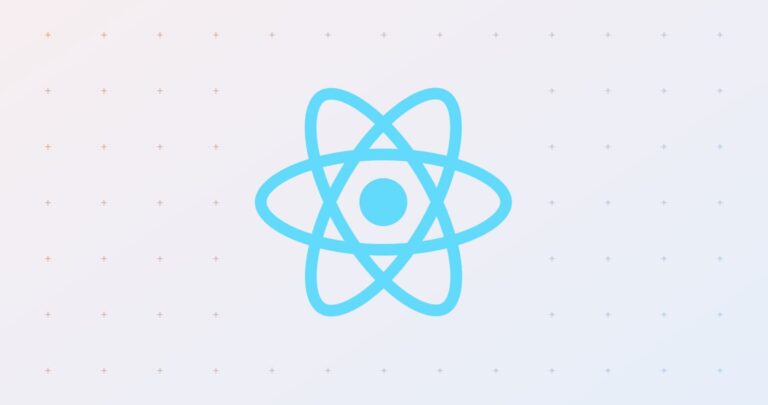 Life at Tessian, Engineering Blog
Life at Tessian, Engineering BlogReact Hooks at Tessian
-
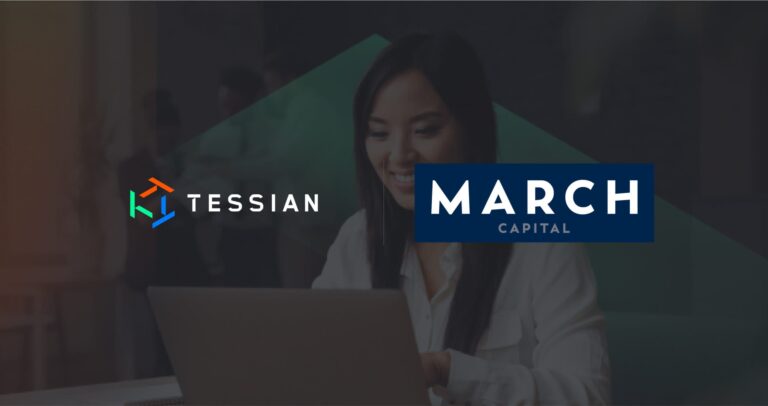 Life at Tessian
Life at TessianLessons Learned From Raising Our Series C Via Zoom
-
 Life at Tessian
Life at TessianThe Rise Of The New-School CISO
-
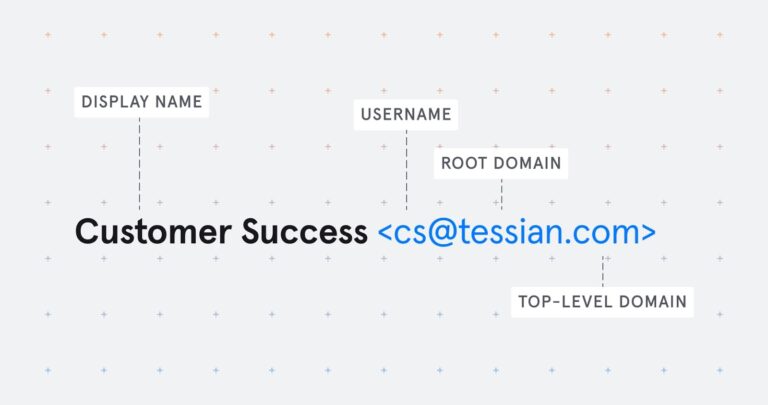 Life at Tessian
Life at TessianBuilding a Customer Success Team: 5 Pillars of Success
-
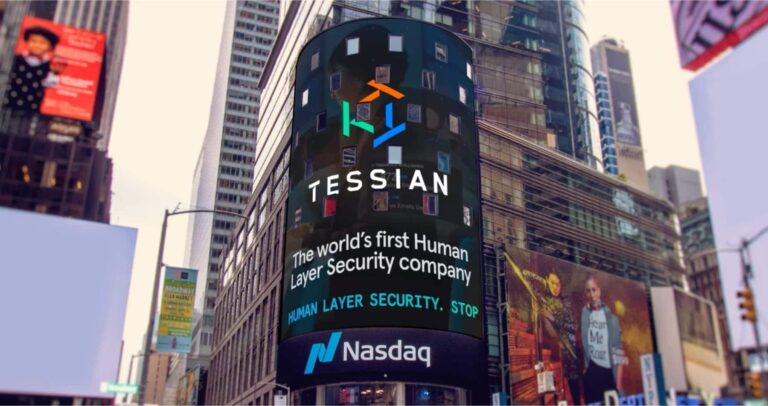 Life at Tessian, Integrated Cloud Email Security
Life at Tessian, Integrated Cloud Email SecurityAnnouncing our $65M Series C led by March Capital
-
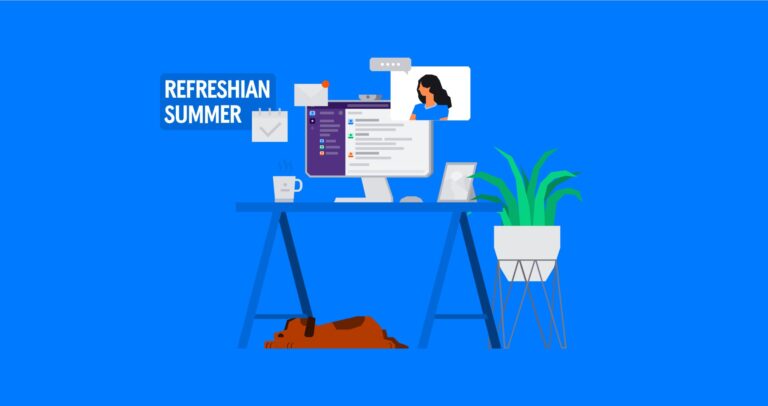 Life at Tessian
Life at TessianWhy We’re Logging Off at Lunchtime This Summer
-
 Life at Tessian
Life at TessianSumo Logic CEO Ramin Sayar Joins Tessian’s Board of Directors
-
 Life at Tessian
Life at TessianHow We Created a D&I Strategy to Maximize Impact
-
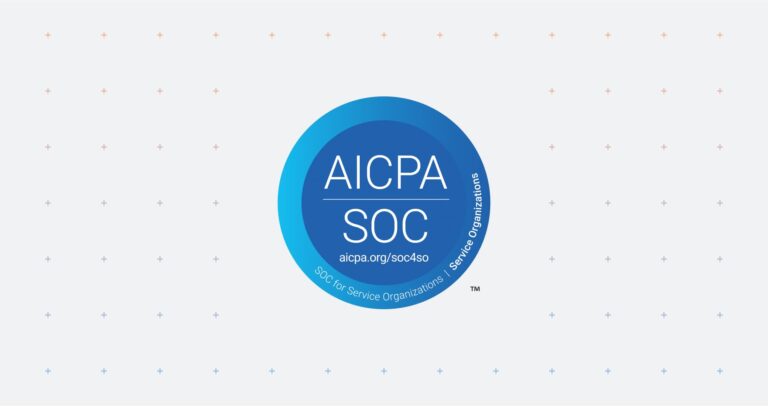 Life at Tessian, Engineering Blog, Compliance
Life at Tessian, Engineering Blog, ComplianceSecuring SOC 2 Certification
-
 Life at Tessian
Life at TessianMind Over Matter: Why We Prioritize a Growth Mindset at Tessian
-
 Life at Tessian, Engineering Blog
Life at Tessian, Engineering BlogEarly adoption: Is Now the Time to Invest in the ‘New Breed’ of Security Products?
-
 Life at Tessian
Life at TessianSeriously Tech, It’s Time to Ditch the Zero-Sum Game
-
 Life at Tessian
Life at TessianWhy Shutting Down Tessian Was The Best Decision We Ever Made
-
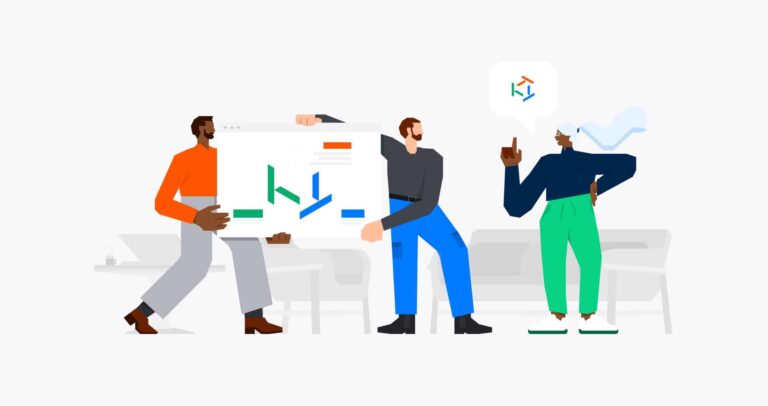 Life at Tessian
Life at TessianOur Journey Towards Diversity and Inclusion
-
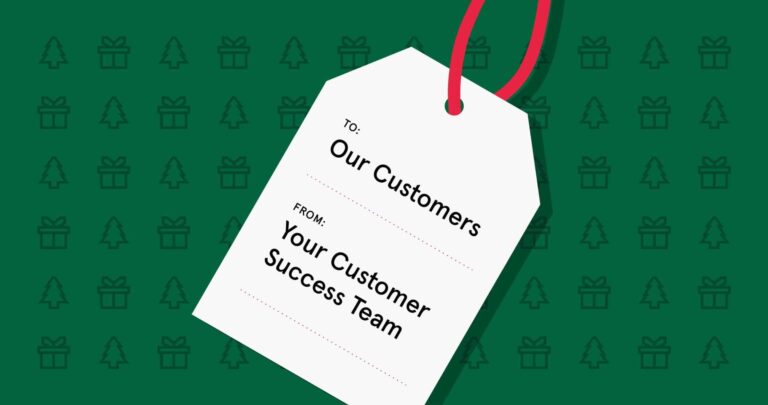 Life at Tessian
Life at TessianCustomer Success: Lessons Learned in 2020
-
 Life at Tessian
Life at TessianIntroducing Tessian’s New Hybrid Remote Model: Choice First
-
Life at Tessian, Integrated Cloud Email Security
Why Customer Centricity is So Important At Tessian
-
 Life at Tessian
Life at TessianOur First Growth Framework – How Did We Get Here?


